I want to measure the deviation of the angle of an ArUco marker to a plane defined by a second reference ArUco marker.
A reference ArUco marker (M1) is fixed against a flat wall and a second ArUco marker (M2) is a few centimeters in front of that same wall. I want to know when the marker M2 is deviating more than 10 degrees from the xy plane of M1.
Here is an illustration of the configuration:
To do so, I thaught I should calculate the relative rotation between the pose rvec as explained in this post:
that was proposing the following code:
def inversePerspective(rvec, tvec):
""" Applies perspective transform for given rvec and tvec. """
R, _ = cv2.Rodrigues(rvec)
R = np.matrix(R).T
invTvec = np.dot(R, np.matrix(-tvec))
invRvec, _ = cv2.Rodrigues(R)
return invRvec, invTvec
def relativePosition(rvec1, tvec1, rvec2, tvec2):
""" Get relative position for rvec2 & tvec2. Compose the returned rvec & tvec to use composeRT
with rvec2 & tvec2 """
rvec1, tvec1 = rvec1.reshape((3, 1)), tvec1.reshape((3, 1))
rvec2, tvec2 = rvec2.reshape((3, 1)), tvec2.reshape((3, 1))
# Inverse the second marker, the right one in the image
invRvec, invTvec = inversePerspective(rvec2, tvec2)
info = cv2.composeRT(rvec1, tvec1, invRvec, invTvec)
composedRvec, composedTvec = info[0], info[1]
composedRvec = composedRvec.reshape((3, 1))
composedTvec = composedTvec.reshape((3, 1))
return composedRvec, composedTvec
Computing the composedRvec, I get the following results :
With both ArUco markers in the same plane (composedRvec values in the top right corner) :
With both ArUco markers at a 90 degrees angle:
I do not really understand the results:
Ok for with the 0,0,0 composedRvec when markers in the same plane.
But why 0,1.78,0 in the second case?
What general condition should I have on the resulting composedRvec to tell me when the angle between the 2 markers is above 10 degrees?
Am I even following the right strategy with the composedRvec?
**** EDIT ***
Results of the 2 markers in the same xy plane with a 40° angle:
||composedRvec||= sqrt(0.619^2+0.529^2+0.711^2)=1.08 rad = 61.87°
**** EDIT 2 ***
By retaking measurements in the 40° angle configuration, I found out that the values are quite fluctuating even without modifying the set up or lightening. From time to time, I fall on the correct values:
||composedRvec||= sqrt(0.019^2+0.012^2+0.74^2)=0.74 rad = 42.4° which is quite accurate.
**** EDIT 3 ***
So here is my final code based on @Gilles-Philippe Paillé's edited answer:
import numpy as np
import cv2
import cv2.aruco as aruco
cap = cv2.VideoCapture(0, cv2.CAP_DSHOW) # Get the camera source
img_path='D:/your_path/'
# FILE_STORAGE_READ
cv_file = cv2.FileStorage(img_path+"camera.yml", cv2.FILE_STORAGE_READ)
matrix_coefficients = cv_file.getNode("K").mat()
distortion_coefficients = cv_file.getNode("D").mat()
nb_markers=2
def track(matrix_coefficients, distortion_coefficients):
while True:
ret, frame = cap.read()
# operations on the frame come here
gray = cv2.cvtColor(frame, cv2.COLOR_BGR2GRAY) # Change grayscale
aruco_dict = aruco.custom_dictionary(nb_markers, 5)
parameters = aruco.DetectorParameters_create() # Marker detection parameters
# lists of ids and the corners beloning to each id
corners, ids, rejected_img_points = aruco.detectMarkers(gray,
aruco_dict,parameters=parameters,cameraMatrix=matrix_coefficients,distCoeff=distortion_coefficients)
# store rz1 and rz2
R_list=[]
if np.all(ids is not None): # If there are markers found by detector
for i in range(0, len(ids)): # Iterate in markers
# Estimate pose of each marker and return the values rvec and tvec---different from camera coefficients
rvec, tvec, markerPoints = aruco.estimatePoseSingleMarkers(corners[i], 0.02, matrix_coefficients,
distortion_coefficients)
(rvec - tvec).any() # get rid of that nasty numpy value array error
aruco.drawDetectedMarkers(frame, corners) # Draw A square around the markers
aruco.drawAxis(frame, matrix_coefficients, distortion_coefficients, rvec, tvec, 0.01) # Draw Axis
R, _ = cv2.Rodrigues(rvec)
# convert (np.matrix(R).T) matrix to array using np.squeeze(np.asarray()) to get rid off the ValueError: shapes (1,3) and (1,3) not aligned
R = np.squeeze(np.asarray(np.matrix(R).T))
R_list.append(R[2])
# Display the resulting frame
if len(R_list) == 2:
print('##############')
angle_radians = np.arccos(np.dot(R_list[0], R_list[1]))
angle_degrees=angle_radians*180/np.pi
print(angle_degrees)
cv2.imshow('frame', frame)
# Wait 3 milisecoonds for an interaction. Check the key and do the corresponding job.
key = cv2.waitKey(3000) & 0xFF
if key == ord('q'):
break
track(matrix_coefficients, distortion_coefficients)
And here are some results:
red -> real angle, white -> measured angle
This is out of the scope of the question but I find that the pose estimation is quite fluctuating. For example when the 2 markers are against the wall, the values easely jump from 9° to 37° without touching the system.





